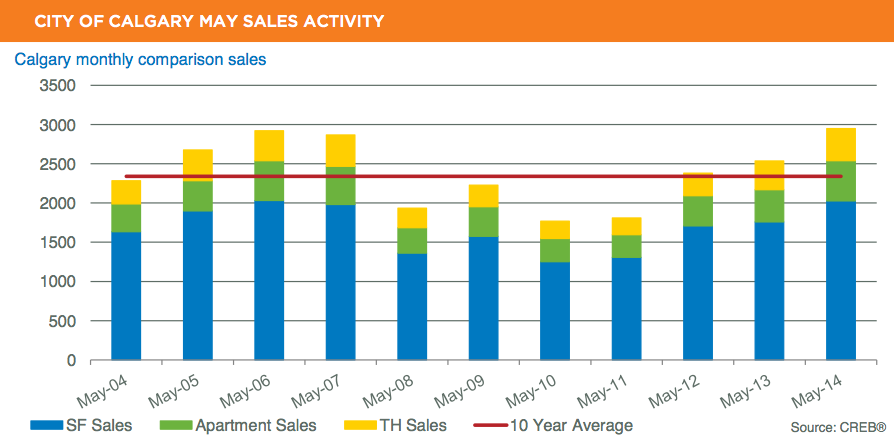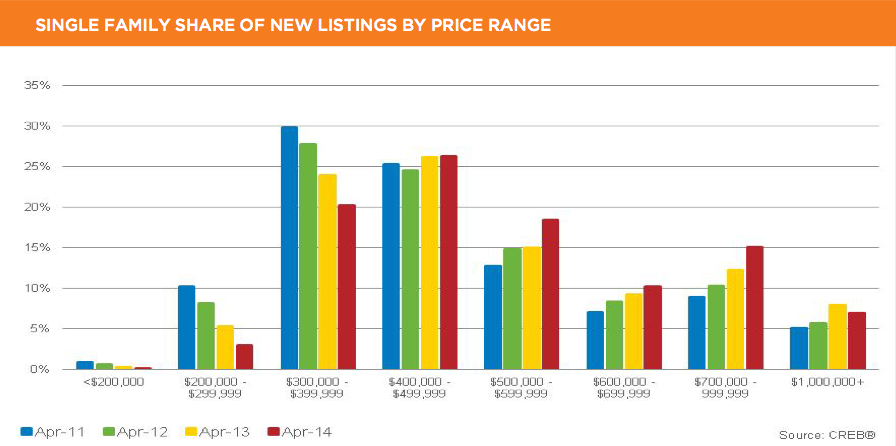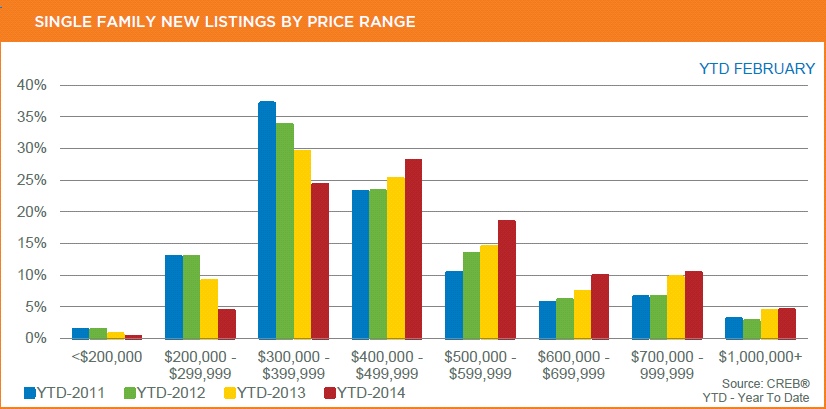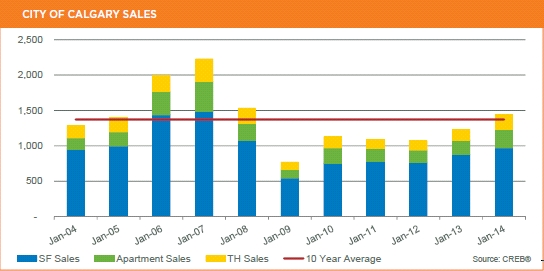There’s a new kid in town ready to save Canada’s housing market and maybe even the economy — at least for a few more years.
A new report says that Canadian residential real estate has been getting a huge boost from so-called echo boomers, those in the 20-38 age bracket.
“The Canadian housing market keeps soldiering on and, while much focus is cast on brash calls of overvaluation, mortgage rate wars and mortgage rules, demographics are playing a less-publicized yet important role,” said Bank of Montreal economist Robert Kavcic, in a report released Thursday.
“The Baby Boom generation grabs most of the attention on this front, but their children, the echo boomers, pack a heavy economic punch as well.”
Even though there are just under 10 million Canadian Baby Boomers aged 49-67, they are actually outnumbered by those aged 20-38.
In an interview, Mr. Kavcic said the emergence of the echo boomers bodes well for the overall economy but, like housing, the tide will eventually turn because the next cohort coming through simply isn’t as large.
“For the next couple of years, there is enough population to support the retiring population but when you look out past 2018, the bulk of the Baby Boomers are approaching 65 and behind the echo boom there is a significant dip in the population,” he said.
Fertility rates among Boomers has been lower than for their parents, resulting in fewer children. But the gap has been filled by immigration which the economist said has been concentrated in the echo boomer age group.
While there were other factors that coincided with a housing downturn in 1989, Mr. Kavcic noted there was a huge plunge in population growth in the 25-34 age group in the 1990s.
“Interestingly, it was only when this age group began to expand again on a sustained basis (around 2002) that the next bull market really began, in part because of a pickup in immigration, but also helped by the aging of the echo boomers,” he wrote in the report.
The problem is what comes next. He says we’ve got a few more expansion years in the housing market based on this age cohort but there will be some stagnation that starts in 2018.
“From a strictly demographic perspective, that would place us around the 7th inning of the secular bull market in Canadian housing, before conditions become unfavourable around the turn of the decade,” wrote Mr. Kavcic. “The tide is going to turn.”
The Baby Boom generation grabs most of the attention on this front, but their children, the echo boomers, pack a heavy economic punch as well
He said policy makers should be concerned about full-time employment compared to the over-65 population. “It’s holding up okay for now. But it’s going to roll over.”
Doug Norris, chief demographer with Environics Analytics, agrees the echo boomers have helped prop up the housing market but he believes immigration is probably as much a part of the story.
“If the numbers continue, we will have the upward pull because people are coming into the country at ages in which they form households and families,” said Mr. Norris. “I think you’ve got another five years of the echo boom.”
He says immigration should probably be considered for its impact on housing and the economy separately from the echo boom. He said the impact of immigration is “going to continue long after the echo boom is gone.”
Phil Soper, chief executive of Royal LePage Real Estate Services, said his company did a survey on real estate attitudes last year and found some echo boomers have bought into the dream of owning a detached home in a suburban neighbourhood.
“It was a surprise to us because we expected more of propensity to choose urban living,” said Mr. Soper, adding those attitudes should continue to drive prices of single family homes.
James Mckellar, director of the program in real estate and infrastructure at York University, says for the past decade people have been predicting a bursting real estate bubble but it hasn’t materialized because there isn’t enough supply to meet demand and there won’t be any time soon.
“They are not building any more existing neighbourhoods,” he said. “Condo owners are going to look to existing neighbourhoods, that’s pent up demand that is going to come from condos.”
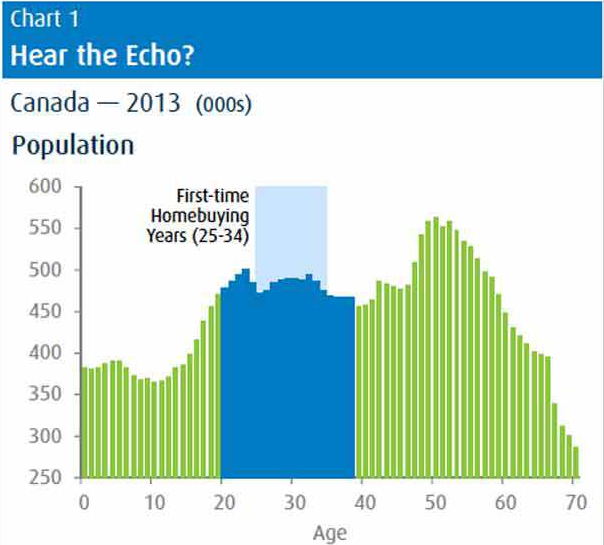
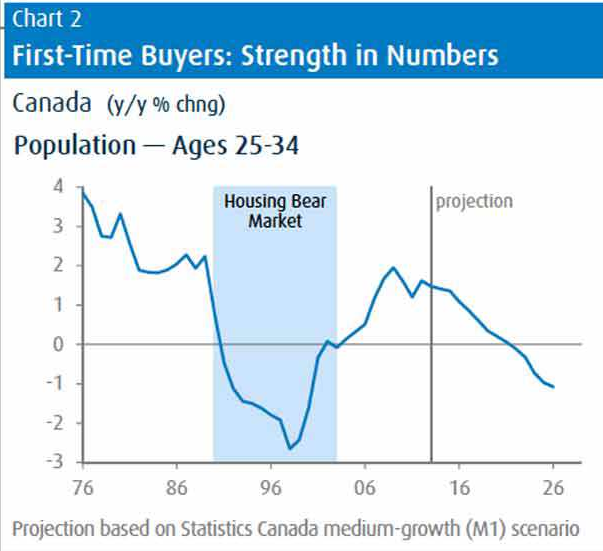 Garry Marr | June 12, 2014 8:56 AM ET | Financial Post
Garry Marr | June 12, 2014 8:56 AM ET | Financial Post






